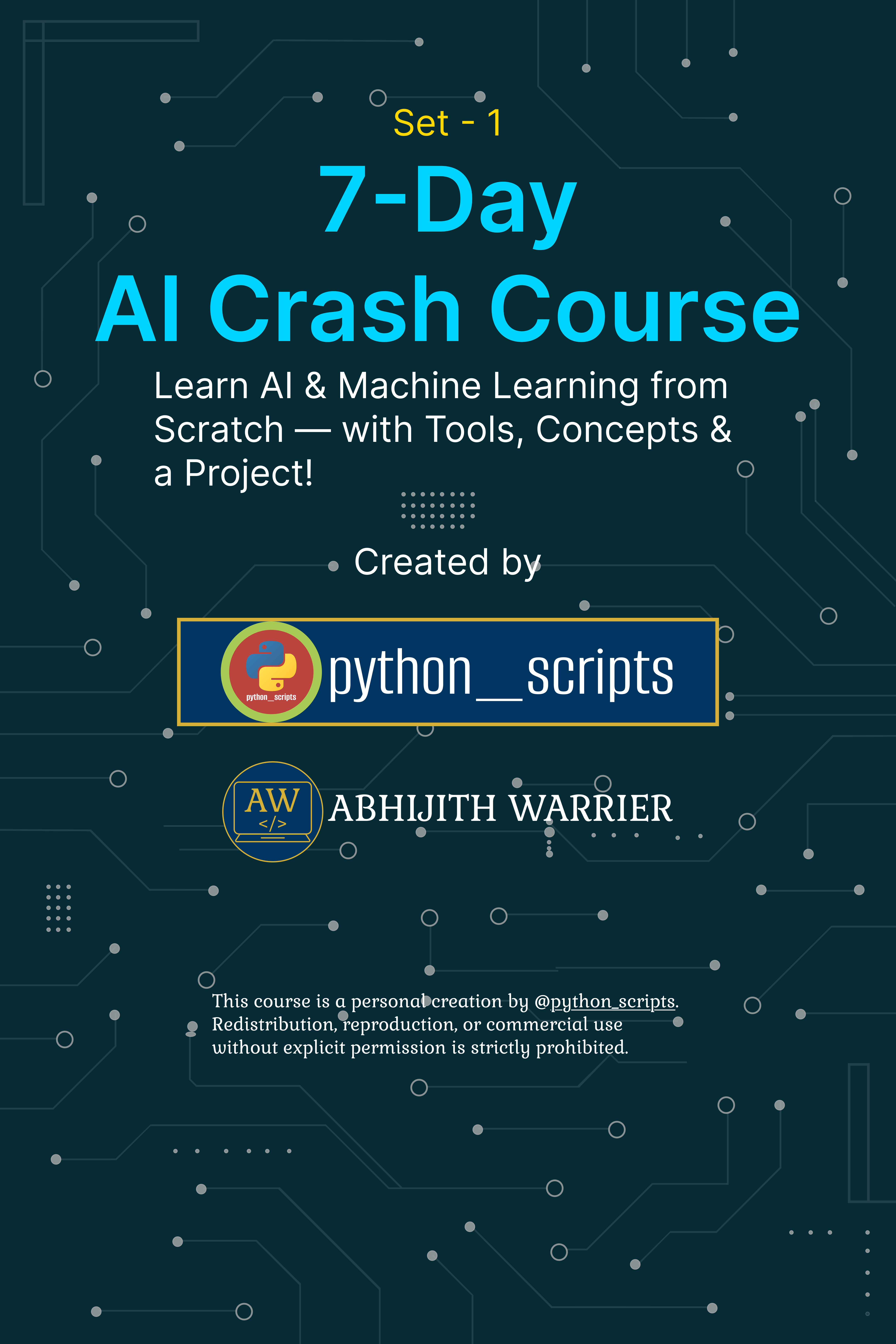Tech Insights: The Future of DevOps – Platform Engineering Explained
Posted On: October 23, 2025 | 4 min read | 0
Introduction
Over the past decade, DevOps has transformed how software is built and delivered, breaking down silos between development and operations. But as systems become more complex, managing infrastructure, security, and developer workflows has become a new challenge.
Enter Platform Engineering — the next evolution of DevOps. It focuses on building internal developer platforms (IDPs) that abstract complexity, standardize environments, and empower teams to ship faster without compromising reliability.
From DevOps to Platform Engineering
DevOps introduced automation, CI/CD, and a culture of shared responsibility. However, as organizations scaled, developers started facing “tool fatigue” — managing dozens of CI pipelines, IaC scripts, and monitoring tools.
Platform Engineering addresses this by:
- Creating self-service platforms for developers to deploy and manage their apps.
- Ensuring standardization and compliance across environments.
- Reducing cognitive load by automating repetitive tasks.
In short, while DevOps is about culture and collaboration, Platform Engineering is about productizing that experience.
What Is a Platform Engineering Team?
A platform engineering team acts as a bridge between DevOps and developers, building reusable tools and services that simplify software delivery.
They design and maintain:
- Internal Developer Platforms (IDPs) — unified portals where developers can deploy code, request infrastructure, and view metrics.
- Infrastructure as Code (IaC) modules — reusable Terraform or Pulumi templates for consistent provisioning.
- CI/CD frameworks — standardized pipelines that integrate testing, scanning, and deployment.
- Monitoring and observability stacks — preconfigured dashboards, alerts, and logging pipelines.
Their goal: make every development team self-sufficient and consistent, without reinventing the wheel each time.
Why Platform Engineering Is Gaining Momentum
-
Scale and Complexity
Microservices, multi-cloud deployments, and hybrid infrastructure make manual DevOps untenable. Platform teams offer abstraction layers that make scaling easier.
-
Developer Experience (DevEx)
Great platforms improve developer happiness and productivity. When developers can deploy confidently with one click, innovation speeds up.
-
Compliance and Security
Standardized platforms enforce policies, audit trails, and secrets management automatically — minimizing risks.
-
Cost Efficiency
Centralized infrastructure templates and governance help reduce cloud sprawl and optimize resources.
Core Components of Platform Engineering
| Component | Description |
|---|---|
| Self-Service Portal | Web interface or CLI tool that allows developers to request and manage infrastructure or deployments. |
| IaC Modules | Reusable blueprints using Terraform, Pulumi, or AWS CDK. |
| CI/CD Framework | Centralized pipeline setup (GitHub Actions, Jenkins, GitLab CI). |
| Observability Stack | Built-in metrics, logs, and tracing (Grafana, Prometheus, OpenTelemetry). |
| Security & Policy Guardrails | Automated compliance checks using tools like OPA or Conftest. |
Example: Developer Workflow in a Platform-Driven Organization
- A developer pushes code to GitHub.
- The internal platform automatically triggers a preconfigured CI pipeline.
- Infrastructure modules deploy containers via Kubernetes.
- Monitoring and alerts are set up automatically.
- The app is visible in the developer portal with logs, metrics, and cost insights.
The entire process happens without manual intervention from DevOps, freeing teams to focus on features.
Tools Empowering Platform Engineering
Some popular tools and frameworks enabling this transformation include:
- Backstage (by Spotify): Developer portal for service catalog and self-service automation.
- Crossplane: Extends Kubernetes for infrastructure provisioning via declarative APIs.
- Pulumi / Terraform: IaC frameworks for reusable templates.
- Argo CD / Flux: GitOps-driven continuous delivery.
- Open Policy Agent (OPA): Policy-as-code for governance and compliance.
Together, these tools help teams build modular, automated, and observable platforms that scale securely.
DevOps vs Platform Engineering: The Key Difference
| Aspect | DevOps | Platform Engineering |
|---|---|---|
| Focus | Collaboration & automation | Developer experience & enablement |
| Goal | Speed up delivery | Abstract complexity |
| Ownership | Shared across teams | Centralized platform team |
| Output | Pipelines, automation | Self-service internal platform |
| Outcome | Faster releases | Sustainable scalability |
Platform Engineering doesn’t replace DevOps — it extends and formalizes it.
The Road Ahead
As AI, cloud-native, and hybrid architectures evolve, the need for scalable internal platforms will grow.
Organizations are shifting from “everyone does DevOps” to “a dedicated platform team enables DevOps.”
In the coming years, expect to see:
- Widespread adoption of developer portals.
- Integration of AI and automation in observability and resource management.
- Stronger alignment between FinOps, SecOps, and PlatformOps disciplines.
Ultimately, Platform Engineering represents the maturing of DevOps — from a movement to an engineered product mindset.
Conclusion
Platform Engineering is redefining how modern organizations build and deliver software.
By empowering developers through self-service platforms and abstracting operational complexity, it enables teams to scale efficiently, securely, and confidently.
For tech leaders, now is the time to invest in platform strategy — because the future of DevOps isn’t just automation, it’s enablement.





No comments yet. Be the first to comment!